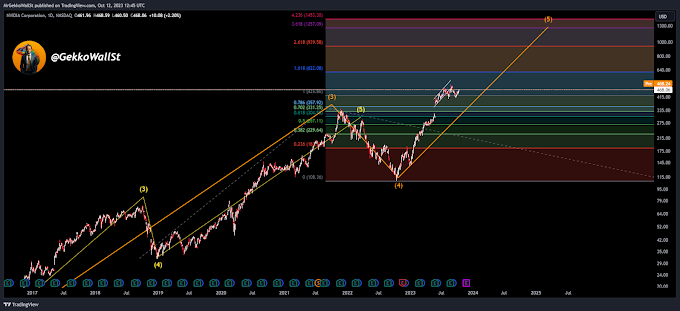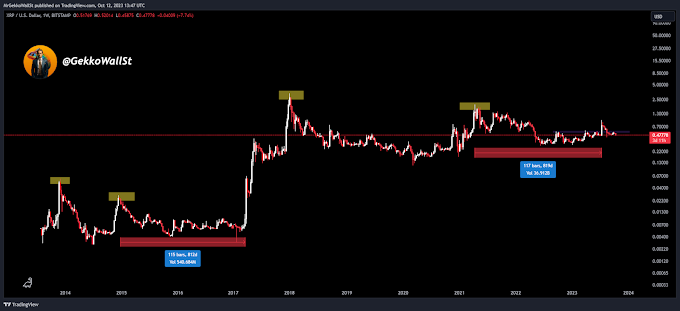The "Blockchain Trilemma" is a concept that refers to the intrinsic challenges related to the creation and operation of blockchains, especially in the context of cryptocurrencies and distributed ledger technologies. This trilemma involves three main aspects that are difficult to optimize simultaneously: security, decentralization, and scalability. Here's a more detailed explanation of each of these aspects:
1. Security: Security is a crucial element for any blockchain system. This involves ensuring that recorded transactions are authentic, immutable, and tamper-proof. Cryptography, consensus algorithms, and other techniques are used to protect data and ensure that only authorized parties can perform transactions and make changes to the blockchain.
2. Decentralization: Decentralization refers to the distribution of control and authority among multiple participants in the network. In a decentralized system, there is no single central entity or authority that has absolute control over the network. This is important to avoid single points of failure and to ensure that the network is resistant to censorship and manipulation.
3. Scalability: Scalability relates to the system's ability to handle an increase in the number of transactions and participants without compromising security and decentralization. As more transactions are conducted on the network, the system needs to efficiently process them without congestion.
The challenge of the blockchain trilemma arises from the interdependence of these three aspects. Improving one often leads to trade-offs in the others. For example:
• Enhancing security may result in slower transactions or require more computational resources.
• Increasing decentralization might make quick and efficient decision-making on the network more difficult.
• Boosting scalability could lower security or centralize control.
Various blockchains aim to find a balance among these three elements, making technical choices that reflect the network's priorities. Some projects choose to focus more on one aspect at the expense of others, depending on their use cases and goals. Finding the right combination is an ongoing challenge, and many developers and researchers work to overcome the limitations of the blockchain trilemma through technological innovations and new consensus algorithms.





